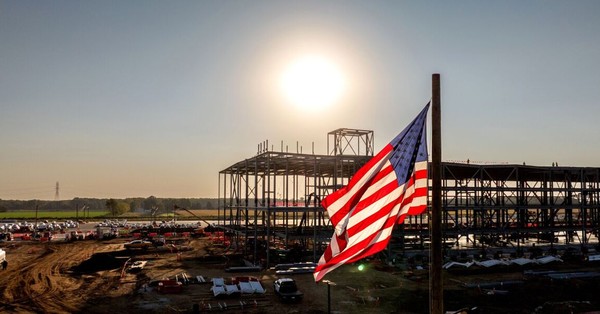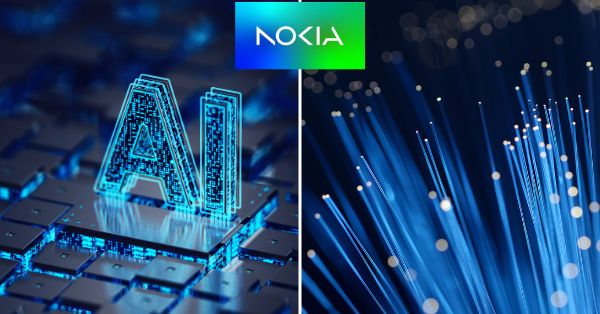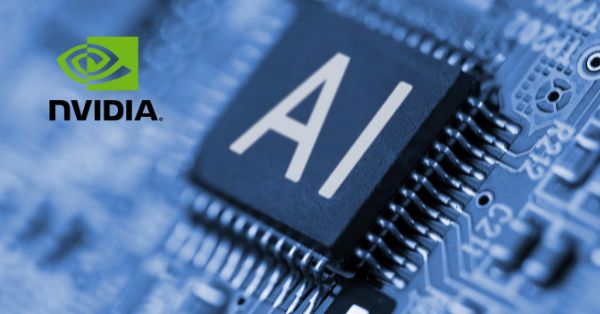Meeting the Connectivity Demands of Modern Mining
As the mining industry undergoes a major transformation—driven by autonomy, sustainability, and digitalization—Thiess, a global leader in mining services, is positioning itself at the forefront. With over 90 years of experience, Thiess operates across diverse geographies, commodities, and environments. But staying competitive in the next phase of mining requires a new approach—one that blends operational efficiency with advanced technology.
At the core of this transformation is Thiess’ investment in a private 4G network to enable and scale autonomous operations. This decision wasn’t just about improving connectivity—it was about ensuring consistency, safety, and data-driven performance in some of the most challenging environments on the planet.
Why Thiess Built a Private LTE Network for Autonomous Mining
As part of its long-term strategy, Thiess set out to be the first mining contractor to operate both autonomous haul trucks and drills on a single, unified network. This goal came to life at a greenfield coal mine in Queensland’s Bowen Basin. Operating both asset types side by side created a new benchmark for autonomy in mining services.
Unlike traditional connectivity use cases, autonomous mining demands continuous, high-bandwidth, low-latency communication. Every drill movement or truck route adjustment must be supported by a responsive RF plan. The terrain, topography, and layout of a mine can shift frequently. In this environment, a standard network simply isn’t sufficient.
A private LTE system offered Thiess the only viable solution. It provides extensive coverage across a large site, adapts to constant changes in infrastructure layout, and delivers the always-on communication needed to keep autonomous systems running smoothly 24/7.
Ensuring Connectivity Uptime in Remote Mining Environments
Thiess’ operations span rugged and weather-impacted terrain. From hard-to-access zones to extreme rain events, connectivity infrastructure must remain resilient. The deployment includes trailer-mounted nodes placed in critical areas of the site—many of which are remote and exposed.
Despite these challenges, the network has delivered exceptional uptime. Trucks typically stop only once during a 24-hour shift, a level of performance that significantly exceeds industry norms. Most disruptions occur due to environmental shifts, like trailer nodes slightly moving during heavy rain. Even in those cases, connectivity is restored quickly with minor realignment.
This reliability is critical—not just for efficiency, but also for safety. If communication drops, autonomous drills and trucks are designed to shut down immediately. The network ensures that such events are rare and manageable.
Powering Scalable and Safe Autonomous Mining with LTE
Thiess has built a system where autonomous haul trucks interact with their environment in real time. Each vehicle predicts the path of nearby machines—whether manned or autonomous—using continuous data exchange on location, speed, and direction. This defensive behavior is only possible with fast, uninterrupted connectivity.
The LTE network enables the autonomy stack to operate at full capability, reducing operational delays and minimizing risks. In short, the network is not just an enabler—it’s a safeguard against disruption and error.
Real-Time Communication and Data Access for Thiess Field Teams
Beyond its impact on autonomous equipment, the network has fundamentally changed how field teams operate. Vehicles are now equipped with Toughpads, giving workers direct access to Microsoft Teams and other collaboration tools—even deep within the pit.
This additional bandwidth allows teams to:
- Access up-to-date maintenance documentation
- Communicate across departments in real time
- Monitor production metrics directly from the field
The result is a more connected, responsive workforce. Teams are better equipped to resolve issues, track performance, and share data across departments—pushing the company toward a more agile, data-centric mining model.
How Aqura Technologies Enabled Thiess’ Mining Connectivity
Implementing the private LTE system required deep collaboration between Thiess and network integration partner Aqura. The complexity of mining operations, coupled with the integration of CAT autonomous equipment and a Nokia core network, introduced challenges that demanded specialized expertise.
Aqura delivered a tailored integration plan that included:
- A traffic prioritization framework focused on low latency and high availability
- Hardware configurations that could adapt to shifting site topography
- Support for bandwidth optimization across each eNodeB
Just as importantly, Aqura worked closely with Thiess to transfer knowledge and build internal capability. Thiess’ teams can now manage basic troubleshooting tasks independently—reducing operational overhead and enhancing responsiveness.
Thiess Eyes 5G and Live Optimization in Mining
Thiess is already realizing gains from autonomous haulage systems, with improved fleet utilization and real-time visibility. But the company sees a broader opportunity ahead—one that includes 5G, IoT, and automation to unlock deeper optimization.
Equipment is already outfitted with LiDAR, generating large volumes of data. Today, this information is reviewed periodically using drone surveys. However, with 5G millimeter wave capabilities, Thiess could access and act on that data in real time—potentially shifting from weekly planning cycles to shift-by-shift optimization.
This shift would enhance operational decision-making, allowing teams to align faster and collaborate using live performance insights.
Using IoT to Cut Waste and Maximize Yield in Mining
The company’s long-term goal is simple but powerful: reduce the volume of material moved while maximizing resource yield. That level of precision requires real-time monitoring and automated adjustments to mining processes. Using IoT sensors and data analytics, Thiess aims to identify inefficiencies that traditional processes might miss.
The ability to detect when the wrong material is being moved—or when too much overburden is extracted—can dramatically cut costs and emissions. In a carbon-conscious industry, this has implications not only for sustainability targets but also for bottom-line performance.
Thiess and Aqura: Shaping the Future of Smart, Connected Mining
Thiess’ deployment of a private 4G network is more than just a connectivity upgrade—it’s the foundation for a smarter, safer, and more agile mining operation. With real-time visibility, autonomous coordination, and increased workforce collaboration, Thiess is showing how mining contractors can lead digital transformation at scale.
By partnering with Aqura and looking ahead to 5G, IoT, and advanced automation, Thiess is preparing for a future where mining is not only more efficient but also more sustainable.





































